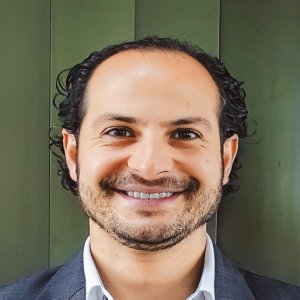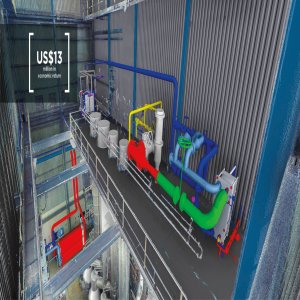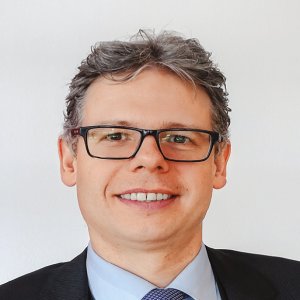Integrating Swiss Quality to the Mexican Industry

STORY INLINE POST
The new Network Code to be approved by CRE will require a renewal of old infrastructure and the introduction of high-end technologies to get the already existing T&D infrastructure up to the code’s requirements, providing a large opportunity for energy-oriented companies. However, many technologies remain restricted from entering the Mexican market, says Genaro Pérez, Regional Sales Manager at Pfiffner Group. “The Energy Reform marked the liberalization of the market. With more companies in the country, regulators need to create a proper framework for the integration of the required technology for the reform to work properly.”
A leader in the market with 500 employees and six production centers on three continents, Pfiffner’s goal is to serve the new energy market by introducing the highest-quality products for HV, MV and LV applications. “Over its 90 years, Pfiffner has created long-term relationships with global players that are now established in Mexico, such as Enel Green Power, Iberdrola and EDF. This means that Pfiffner already knows how to work with those companies and can help them set a stronger foothold in Mexico,” says Pérez.
But regulations are hindering companies like Pfiffner because some of the most beneficial technologies are still too cutting-edge for the country. “For example, on a global level, instrument transformers are using composite silicone-rubber, oil-filled paper or SF6 gas as insulation,” he explains. “All these provide several advantages for clients in terms of quality and security. But Mexico’s regulatory framework still requires that instrument transformers use porcelain, which shrinks the market opportunity to introduce new technologies that could benefit Mexico’s infrastructure.”
Pfiffner is ready to introduce such cutting-edge technologies into the market as soon as they are allowed, using the wide network of partnerships it has developed. “Since 2013, we have had a representation office in Mexico on behalf of our manufacturing facility in Switzerland,” he says. “When local clients buy our products, we have a set of commercial partners and a distribution network that allow us to deliver according to the clients’ needs and time requirements.”
Pérez also says that part of Pfiffner’s responsibility is to educate market participants about the benefits of new technologies. “Our goal is to introduce trustworthy, high-quality products that have long life cycles,” he says. “This specific factor that we consider in the initial design of the product allows us to increase the lifetime of our products.”
According to Pérez, Pfiffner’s service-oriented vision has driven its growth and global presence. “Our slogan is Current and Voltage, our Passion,” he continues. “This shows the commitment that the company has to the products it develops.” Pérez says Pfiffner drives all its design efforts to achieve the highest quality for the entire life of the product. “We work with Swiss quality from the product design to its delivery. We put special emphasis on having high-quality providers that offer us the best raw materials. We always choose those that have values aligned with ours because the perfect equation for the best quality is having excellent raw materials together with Swiss and German in-house high-quality design and manufacturing processes.”
When it comes to the manufacturing process, Pérez emphasizes Pfiffner’s integration. “While most companies outsource certain elements of their manufacturing processes, we integrate them into our entire manufacturing process,” he says. “That truly makes a difference in the quality of the product.” Although establishing a production facility in Mexico has been desirable for some time, several market and political conditions have held the company back. Nevertheless, Pérez says Mexico remains an important commercial center for Pfiffner not only due to its market attractiveness but also due to its strategic location as a direct neighbor of the northern and southern regions of the continent.
Pérez sees a huge long-term opportunity in Mexico. “Two main elements mark Mexico’s attractiveness. The first is the liberalization of the industry that allowed the entrance of foreign investment to develop infrastructure for energy generation, distribution and transmission,” he says. “The second is the need for investment to revamp the existing seasoned infrastructure owned by CFE.”
























